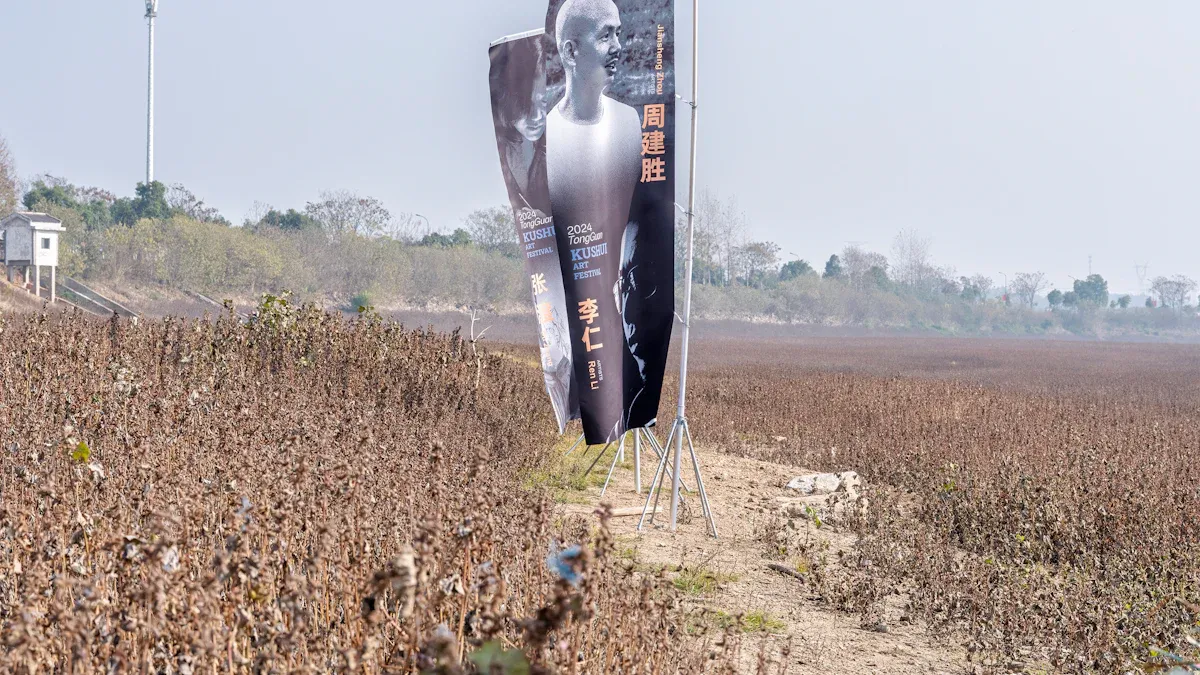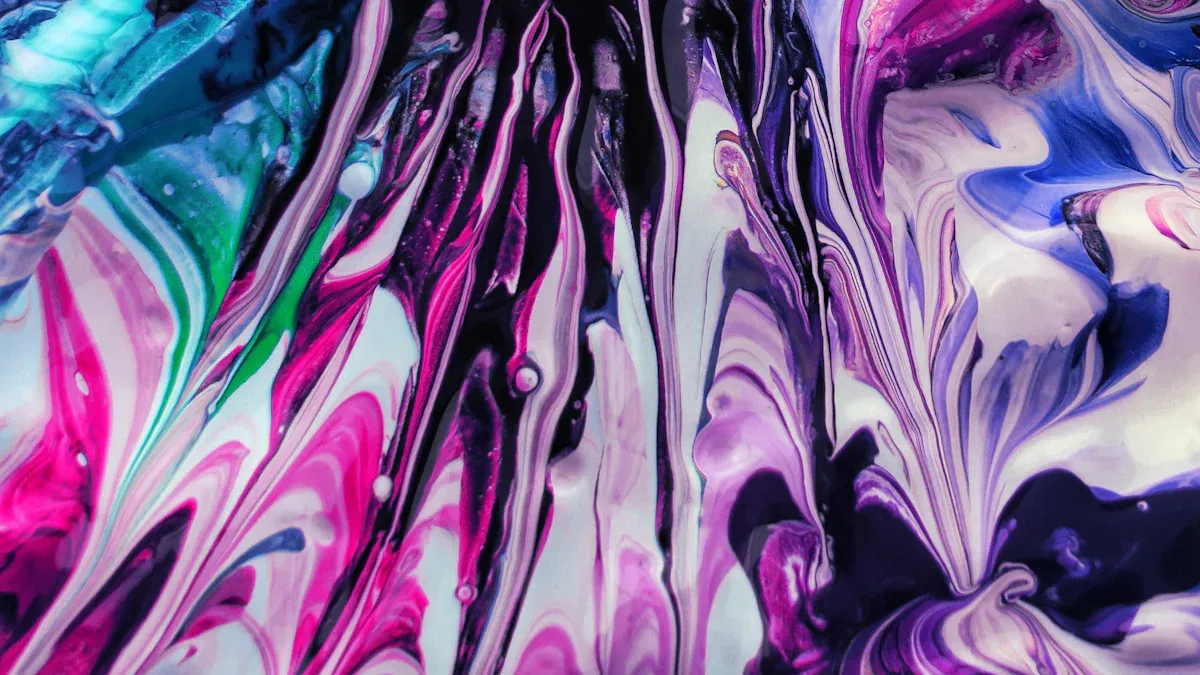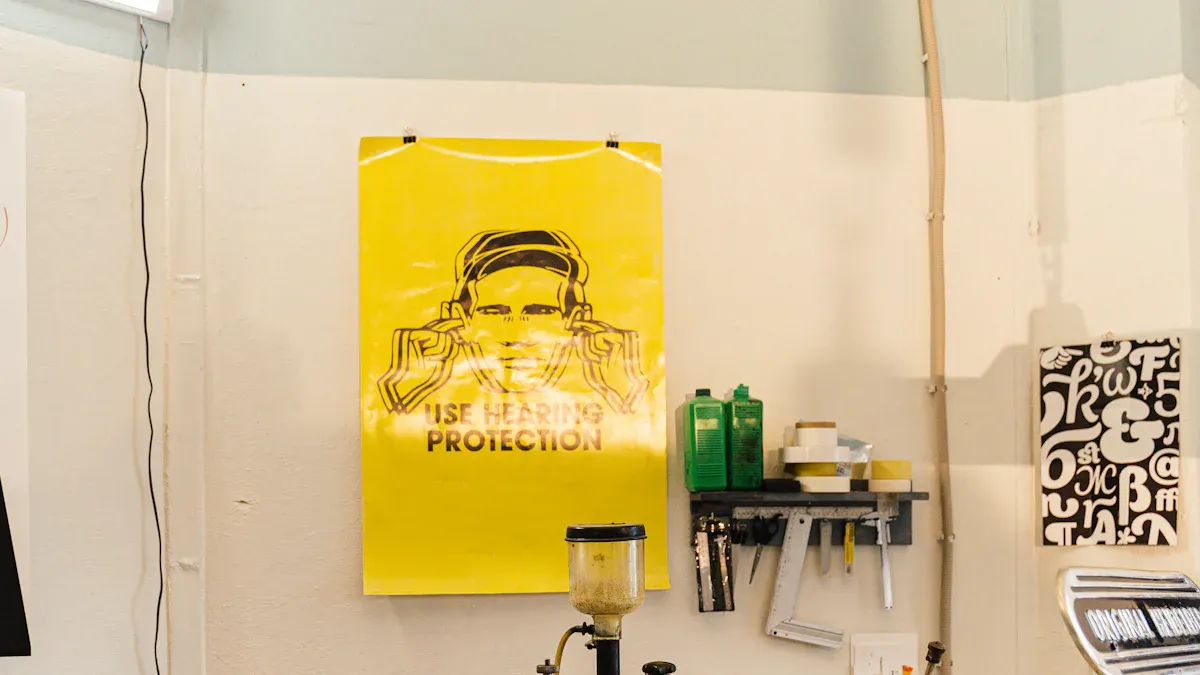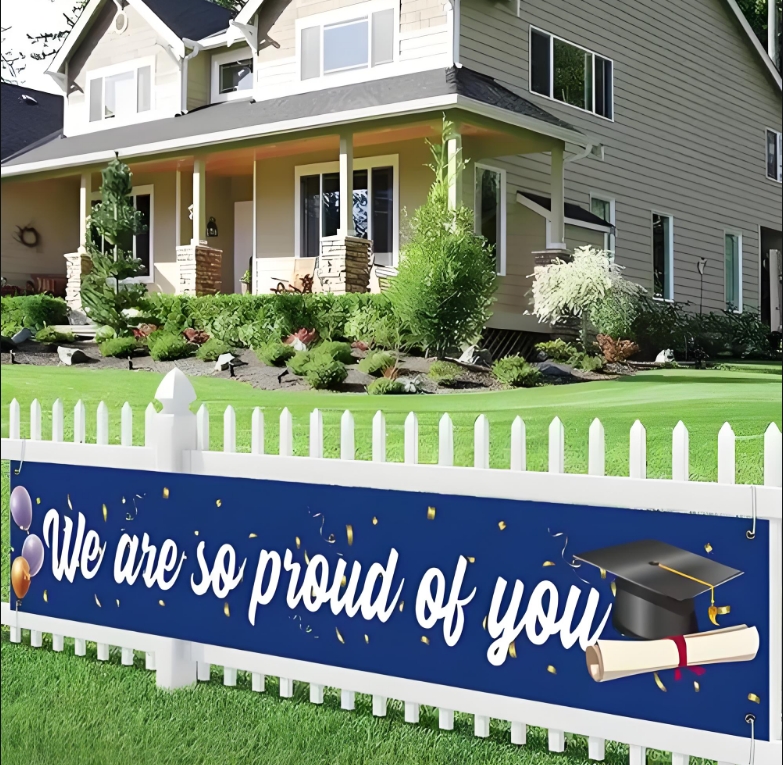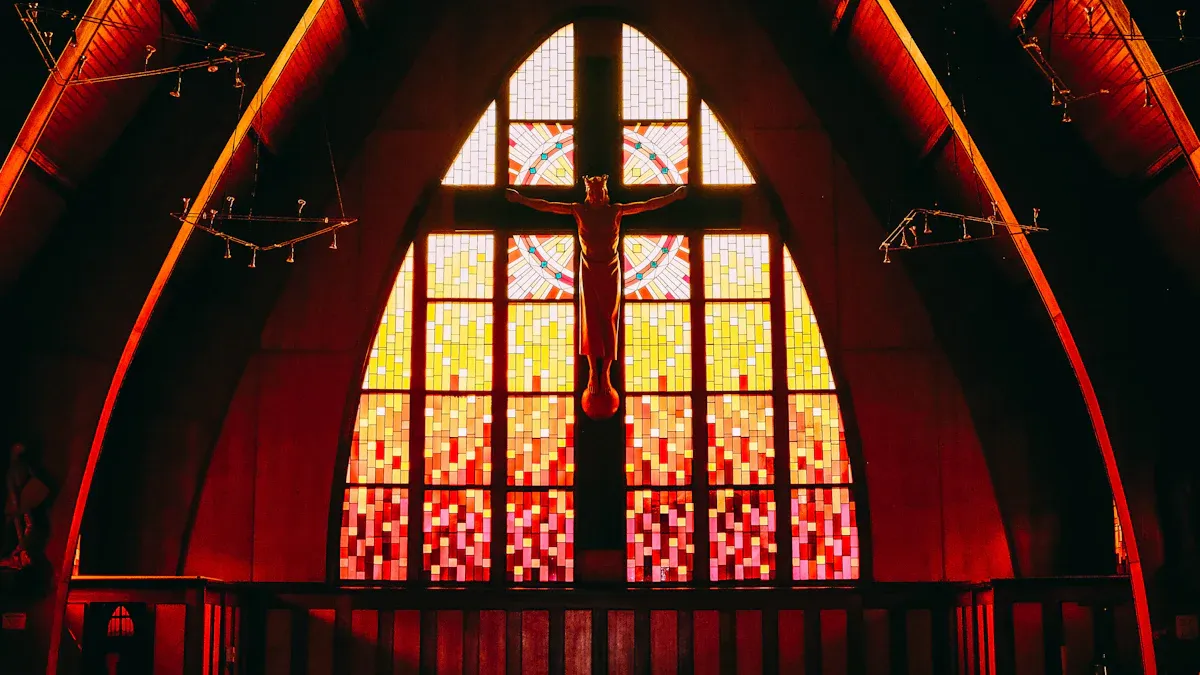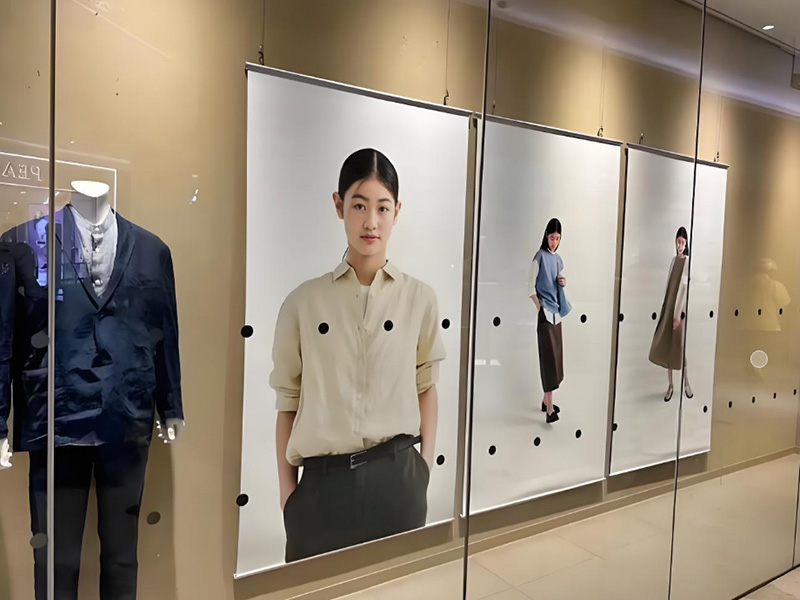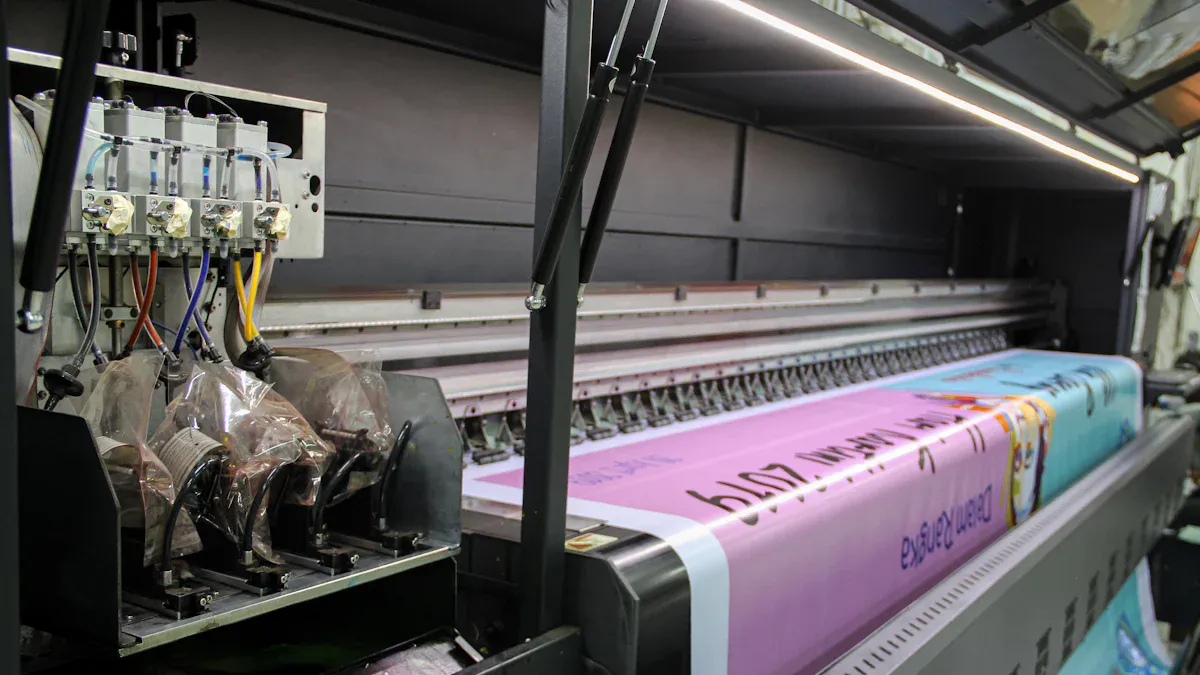
In 2025, Maxprinthub’s large format printing costs about $2.5 to $8 per square foot for standard materials. This price shows the use of better materials and new technology. The total cost can change for different reasons. You may pay more or less depending on your project size. The material type and extra services like lamination or UV coating also matter. Knowing these details helps you budget well and avoid surprises.
Key Takeaways
-
In 2025, printing big designs costs about $95.92 per square foot. Prices depend on project size and material used.
-
Regular printing costs $4.00 per square foot. Inkjet and toner printing may cost more for better quality.
-
Popular sizes like posters and banners have set price ranges. A 24×36-inch poster costs between $20 and $40.
-
Picking materials like glossy or matte changes the cost and look of prints.
-
Ordering in bulk can save money. Printing companies often give discounts for bigger orders.
-
Planning ahead avoids rush fees and helps you get volume discounts.
-
Always ask for a detailed price list to avoid surprise fees. This ensures you know all costs upfront.
-
Hiring a skilled designer can stop expensive mistakes and improve print quality.
Average Cost of Large Format Printing
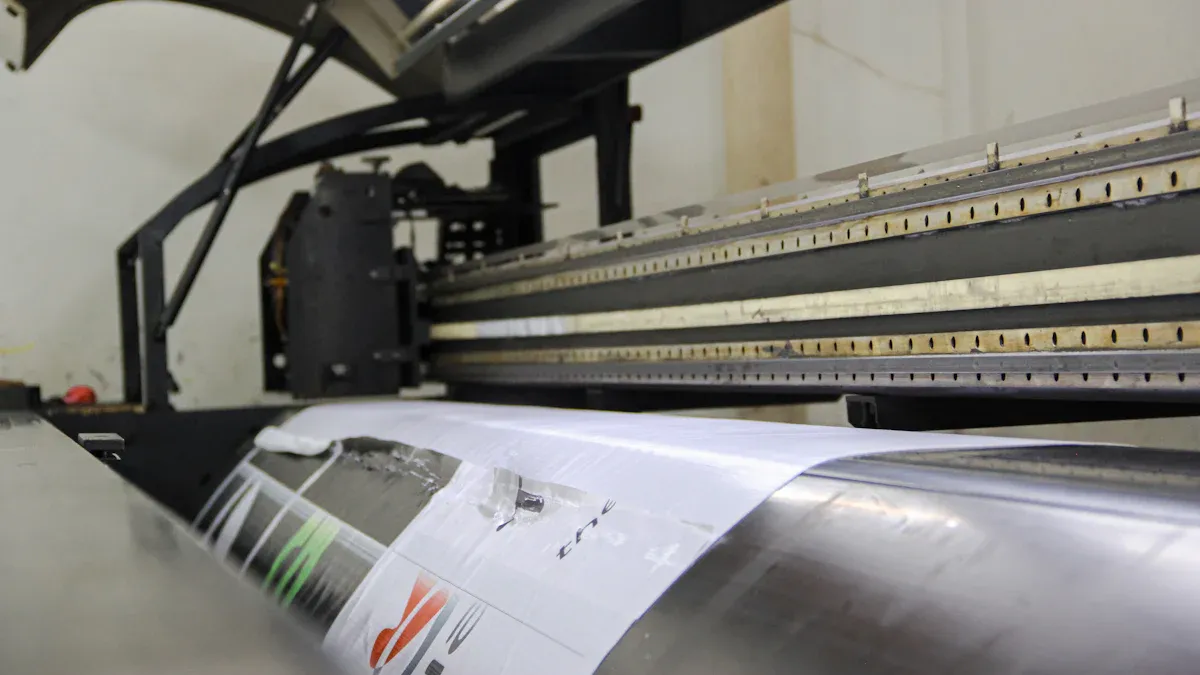
Cost Per Square Foot
Knowing the cost per square foot helps you budget better. In 2025, printing costs depend on the method and materials. Below is a simple cost table:
|
Description |
Cost per Square Foot |
|---|---|
|
Standard Vinyl printing cost |
|
|
Inkjet printing operational cost |
$0.093 |
|
Toner printing operational cost |
$0.117 |
Standard printing costs about $4.00 per square foot. This includes basic materials and normal resolution. Inkjet printing adds $0.093 per square foot. Toner printing adds $0.117 per square foot. These extra costs show the quality and detail of the prints. If you want high-quality prints or special materials, prices will go up. Your can easily get the price with this Large format printing cost calculator sheet.
Price Range for Common Sizes
The size of your project affects the total cost. Here are some common sizes and their price ranges:
Posters (e.g., 24×36 inches)
Posters are great for events or ads. A 24×36-inch poster costs $20 to $40, a 30X40-inch Poster can cost around $50 and 36X48-inch costsaround $70.
. The price depends on the paper, like glossy or matte. Adding finishes, like lamination, can raise the cost.
Banners (e.g., 3×6 feet)
Banners work well for outdoor ads or big promotions. A 3×6-foot banner costs $50 to $100. Vinyl is often used because it lasts in bad weather. Extras like grommets or stronger edges may cost more.
Other Popular Sizes (e.g., 18×24 inches, 4×8 feet)
Smaller sizes, like 18×24 inches, are good for yard signs. These cost $15 to $30. Bigger sizes, like 4×8 feet, are used for trade shows or stores. These cost $100 to $200. The material and print quality affect the price.
By knowing these price ranges, you can pick the size and material that fit your budget.
Factors That Affect Large Format Printing Costs
Type of Material and Paper
Glossy or Matte Finish
The finish you pick changes the price. Glossy finishes are shiny and bright, great for posters or ads. Matte finishes look softer and more professional, good for indoor use. Glossy paper costs more because of its shiny coating. Matte paper is cheaper and works well for simple projects.
Canvas and Special Materials
For a fancy look, canvas or special materials are best. Canvas is great for art or classy displays but costs more. Special materials like vinyl or fabric are used for banners. These are strong and last in bad weather, so they cost extra. Pick the material based on where and how it will be used.
Print Quality and Detail
Better print quality makes the price go up. High-resolution prints need more ink and time to make. Simple banners can use standard resolution. Detailed designs or close-up images need higher resolution. Spending more on quality makes your prints look sharp and neat. Balance quality with your budget to avoid overspending.
When Matte or Glossy Paper may cost around $4 per linear foot for 35.5″ wide rolls. , and canvas/ adhesive fabric /cloth fabric may cost around 8$ per linear foot for 41.5″ wide rolls. .
Custom Features
Help with Design
If you need design help, printing services can assist you. They can fix layouts, adjust colors, or make a new design. This costs extra but ensures your prints look great. Design help is useful if you don’t have the tools to do it yourself.
Special Coatings (e.g., lamination, UV layer)
Adding coatings makes your prints last longer and look better. Lamination protects prints from damage, good for items like menus. UV coating adds shine and stops fading in sunlight, perfect for outdoor signs. These extras cost more but save money by making prints last longer.
Tip: Picking the right material and finish can save money later. For example, UV coating on outdoor banners stops weather damage, so you replace them less often.
Volume Discounts and Bulk Order Savings
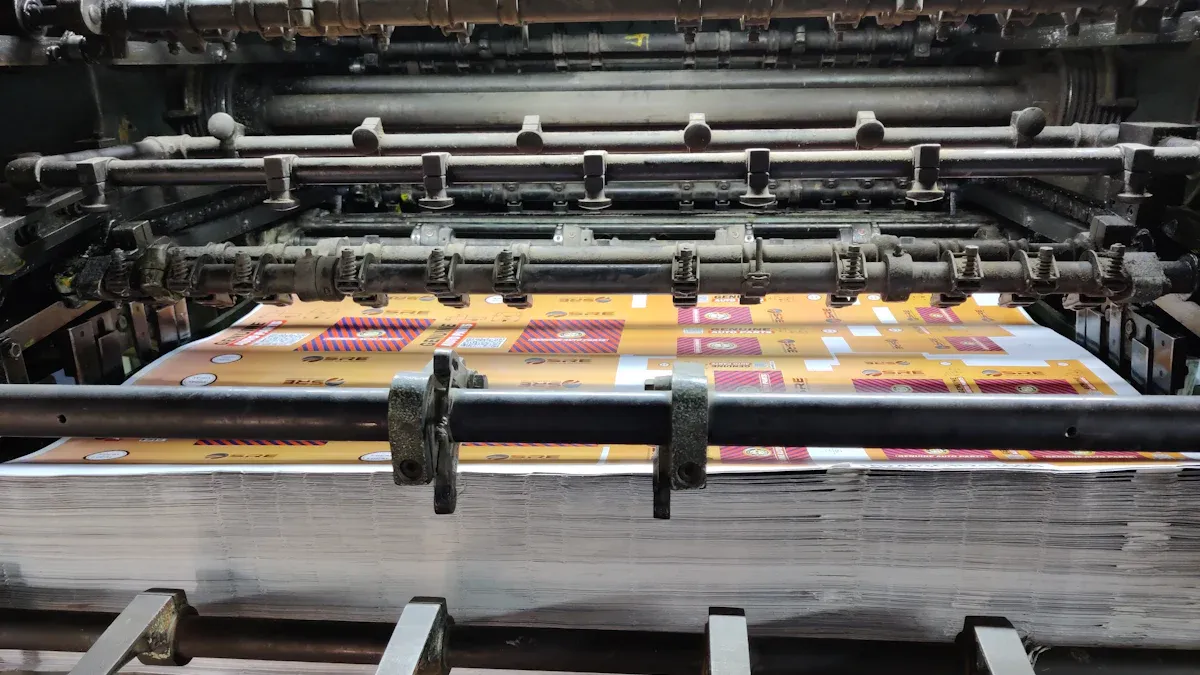
How Volume Discounts Work
Ordering in bulk can lower printing costs a lot. Printing companies give discounts for larger orders. This is because bulk orders save on materials and labor. These savings are then shared with you.
Here’s how bulk discounts help you:
-
Bulk printing makes it cheaper, even for small businesses.
-
Ordering more items lowers the cost per print.
-
You get high-quality prints for less money than smaller orders.
By learning about these discounts, you can save more on your projects.
Minimum Order Requirements
Printing companies often have minimum orders for bulk discounts. These rules make sure both you and the printer save money. For example, you might need to order 50 posters or 10 banners to get a discount.
Meeting these minimums can save you money over time. If your order is too small, combine it with others in your group. This way, you reach the minimum and still save on costs.
Cost Savings for Businesses and Events
Businesses and events use large format printing for ads like banners and signs. Bulk orders cut costs per item and reduce waste.
The table below shows how bulk printing saves money:
|
Evidence Type |
Description |
|---|---|
|
Cost per Unit |
Printing more items lowers the cost per unit. |
|
Material Waste Reduction |
Bulk printing reduces wasted materials. |
|
Economies of Scale |
Bigger orders save money through economies of scale. |
|
Comparison with In-House |
Outsourcing bulk printing is cheaper than doing it yourself. |
For example, ordering 100 banners costs less per banner than ordering 10. This way, you get great materials without spending too much.
Tip: Plan ahead to use volume discounts. This saves money and ensures you have everything ready for your event or campaign.
Restrictions and Policies for Large Format Printing
Can You Bring Your Own Materials?
Some printers let you bring your own materials. However, this depends on their rules. Many prefer using their own supplies for better results. Their materials work well with their machines and ensure good quality. If you want to use yours, ask the printer first. They might have rules about material type, thickness, or finish.
Using your own materials might save money but can cause problems. For example:
-
The material might not fit the printer properly.
-
It could lead to prints that look worse.
-
Some printers may charge extra for non-standard materials.
Always check these details before starting your project. This helps avoid delays and ensures your prints turn out well.
File Format and Resolution Requirements
Getting your files ready is very important for printing. High-resolution images make sure your prints look clear. Use at least 300 dpi (dots per inch) for sharp details. CMYK color mode works better than RGB for accurate colors.
Here are some tips for preparing files:
-
Use vector graphics when possible. They stay sharp when resized.
-
Set the resolution and color mode before sending your files.
-
Add a bleed area to avoid cutting off important parts.
Preparing files correctly saves time and avoids mistakes. If you’re unsure, ask the printer for help.
And there are also different price with kinds of DPI. Like 720 dpi or 1440 dpi may only cost 2~3$ per square foot, but 2800 DPI will cost 7~8$.
Turnaround Times and Rush Orders
Turnaround times depend on the printer’s workload and your project. Simple designs with basic materials take less time. Bigger or detailed projects need more time to finish. If you’re in a hurry, rush orders are an option. But they cost more than regular orders.
Things that affect turnaround times include:
-
How big or detailed your design is.
-
The number of items you need printed.
-
How busy the printer is at the time.
Rush orders are useful for tight deadlines but cost extra. Planning ahead saves money and avoids rushing. Bulk orders also lower costs and reduce waste. Start early to save money and get your prints on time.
Tip: Always ask about how long printing will take when getting a quote. This helps you plan better and avoid delays.
Payment Methods and Pricing Transparency
Accepted Payment Methods
Large format printing services let you pay in many ways. Most accept credit and debit cards, which are very common. Some also take digital wallets like PayPal or Apple Pay. Businesses can use invoicing or bank transfers for payments. These choices make it easier to pick what works for you.
Web-to-print tools make payments and pricing clearer. These tools show prices that change based on your project details. You can see costs for size, material, and extras. This helps you trust the service and plan better.
Tip: Check what payment methods are accepted before ordering. This avoids problems and keeps things simple.
Upfront Costs vs. Hidden Fees
Knowing the full cost of your project is important. Many services show upfront prices, covering materials, printing, and basic finishes. But some may add hidden fees for rush jobs, coatings, or design help. These extras can make your bill higher.
To avoid surprises, ask for a full list of all costs. Include fees for special materials, custom designs, or fast delivery. Clear pricing helps you plan and pay only for what you need.
Note: If a price seems too low, there might be hidden fees. Always check the details carefully.
Requesting a Quote or Estimate
Getting a quote helps you know your project’s cost. Most companies give free estimates based on your needs. Share details like size, material, and extras when asking for a quote. This makes the estimate more accurate.
Why quotes are helpful:
-
Compare prices from different companies.
-
Find the best value for your money.
-
Understand what each service includes.
-
Avoid surprise charges by knowing the costs upfront.
Outsourcing printing can save money. You skip buying costly equipment and upkeep. Bulk discounts and expert advice make projects easier and cheaper.
Tip: Always get a written quote. It protects you from price changes and keeps things clear.
Tips for Saving Money on Large Format Printing
Picking the Best Material for Your Project
Choosing the right material can help you save money. Different materials work for different needs. Glossy paper is great for bright posters. Matte paper is better for indoor displays. Canvas or special materials cost more but are good for fancy projects like art. For outdoor banners, vinyl is strong and affordable.
Large format printing is cheaper than older methods. It makes big prints for less money per square inch. Strong materials last longer, so you don’t replace them often. Preparing your files well and using the right settings also saves resources.
|
Evidence |
Description |
|---|---|
|
Cost-Effectiveness |
Large format printing makes big prints for less money per square inch. |
|
Green Strength |
Strong materials last longer and resist damage. |
|
Efficiency Tips |
Good file prep reduces waste and saves resources. |
By picking the right materials, you can save money and still get great quality.
Plan Early to Skip Rush Fees
Starting your project early helps you save money. Rush orders cost extra and can hurt your budget. Planning ahead gives you time to explore options and avoid extra fees.
Planning early also lets you use bulk discounts. Printing more items lowers the cost per piece. Smart layouts reduce waste, saving money and helping the environment. Large format printing skips setup costs, making it faster and cheaper.
|
Money-Saving Aspect |
Description |
|---|---|
|
Lower cost per unit with increased volume |
|
|
Reduced material waste |
Smart layouts cut waste and save money. |
|
Economies of scale |
Faster production keeps prices low without losing quality. |
|
Potential savings compared to traditional methods |
Large format printing skips setup costs and is quicker. |
Tip: Start early to avoid rush fees and get bulk discounts.
Hiring a Professional Designer
Working with a designer can save money over time. Designers make sure your files are ready to print. This avoids mistakes that could cost you more. They also adjust designs to fit your material, saving money on extras.
Designers can create layouts that use space wisely. For example, they might resize parts to fit standard sizes, cutting material costs. Their skills make your project look professional and worth the investment.
Note: Hiring a designer may seem costly, but it prevents mistakes and makes printing easier.
By following these tips, you can save money and still get high-quality large format prints.
In 2025, large format printing is flexible and advanced. Costs depend on size, material, and custom features. More people need prints for ads and construction projects. AI-powered printers help reduce waste and improve production. Trends like eco-friendly printing and custom designs are important. Digital printing now makes up over half the market. Comparing prices and planning early can save you money. Bulk discounts and custom designs add value, helping you get great results without overspending.
|
Factor |
Insight |
|---|---|
|
Growth in Demand |
More people need prints for ads and construction. |
|
Technology Impact |
AI printers improve production and cut waste by 15%. |
|
Sustainability Focus |
Printing uses greener products to lower carbon footprints. |
|
Customization Demand |
Over 50% of the market is now digital printing for custom needs. |
Tip: Look for bulk discounts and custom options to save money.
FAQ
What is the average cost of large format printing in 2025?
The average cost is $95.92 per square foot. This price shows better materials and new technology. Your final cost depends on size, material, and extra services.
Can I save money by ordering in bulk?
Yes, ordering in bulk lowers the cost per item. Many companies give discounts for large orders, helping businesses or events save money.
What materials are best for outdoor banners?
Vinyl is strong and lasts in bad weather. It handles tough conditions and is a smart choice for outdoor ads.
How do I prepare my files for printing?
Use clear images with at least 300 dpi resolution. Set colors to CMYK and add a bleed area. Vector graphics are best for resizing without losing quality.
Are there hidden fees in large format printing?
Some services charge extra for rush jobs, coatings, or design help. Always ask for a full quote to know all costs upfront.
Can I use my own materials for printing?
Some printers allow this, but it depends on their rules. Using your materials might save money but could cause problems. Check with the printer first.
How long does it take to finish a large format printing project?
Times depend on size and detail. Simple projects take a few days. Bigger or detailed ones need more time. Rush orders are faster but cost more.
What payment methods do printing companies accept?
Most accept credit cards, debit cards, and PayPal. Businesses can also pay with invoices or bank transfers. Ask your printer about payment options.
Tip: Plan early and compare quotes to save money and avoid delays.


